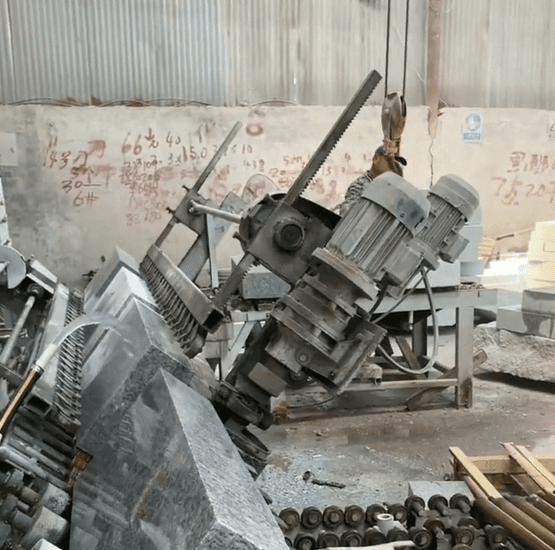Why You Should Avoid Uncommon Specifications When Designing and Procuring Curb Stones
Zoey
When designing and procuring curb stones, selecting the right specifications is crucial. Understanding the importance of common specifications can help you reduce waste and lower costs. This article explains why you should avoid uncommon specifications for curb stones and offers practical advice to help you navigate the procurement process more effectively.
Impact of Curb Stone Specifications
Most quarry-extracted raw materials have dimensions like: lengths of 1.8 to 1.9 meters, heights of 1.2 to 1.3 meters, and widths of 60 to 70 centimeters. These dimensions determine the processing and utilization of the curb stones. Utilizing these raw material dimensions effectively minimizes waste and reduces costs.
Advantages of Common Specifications
Commonly processed curb stone lengths are typically 60 cm, 70 cm, 90 cm, or 95 cm. These common sizes have relatively lower waste due to:
Reduced Cutting Waste: Common specifications align better with raw material sizes, maximizing material use and minimizing cutting waste.
Lower Costs: Processing common specifications usually results in more efficient use of raw materials, reducing material and processing costs.
Increased Production Efficiency: Standardized sizes can speed up production and shorten delivery times.
Challenges of Uncommon Specifications
In contrast, choosing uncommon specifications can lead to:
Increased Waste: Uncommon sizes often require more cutting and adjustments, generating additional waste.
Higher Costs: Extra processing and material wastage result in higher costs.
Supply Issues: Uncommon specifications may be less available in the market, making procurement more difficult.
Reasons for Manufacturer Recommendations
Manufacturers often recommend adjusting the length of curb stones to match common specifications for the following reasons:
Optimized Material Use: Adjusting to common sizes allows for more effective use of raw materials, reducing waste.
Cost Control: Choosing common specifications helps lower processing and procurement costs.
Ensured Supply: Common specifications are easier to source from suppliers, avoiding supply issues caused by mismatched specifications.
Conclusion
When designing and procuring curb stones, understanding and selecting common specifications can significantly reduce material waste, lower costs, and increase production efficiency. By avoiding uncommon specifications, you can ensure better resource utilization and more cost-effective products. We hope these insights help you make more informed decisions in your curb stone procurement process.







